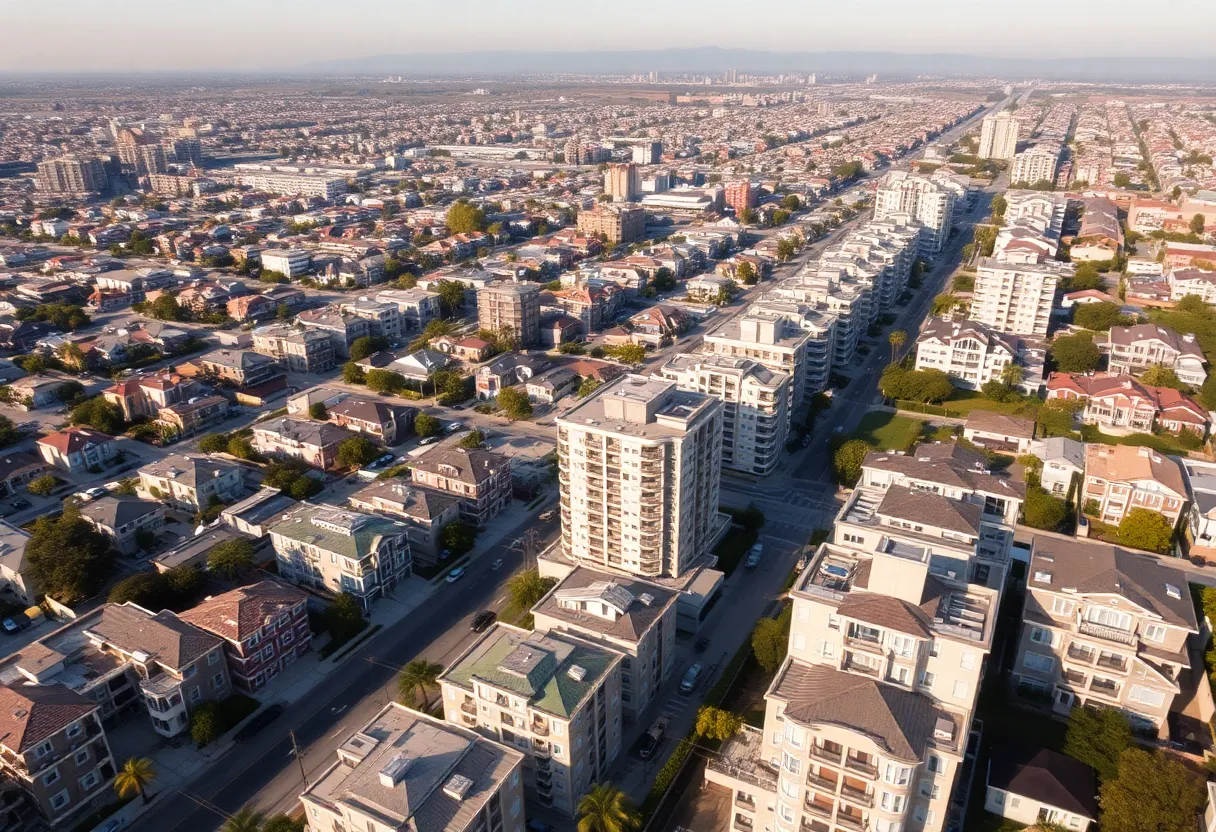News Summary
California has emerged as the state with the highest income thresholds for renters, necessitating six-figure salaries for financial comfort. San Jose tops the list with an annual requirement of $136,532 to manage rising rent costs, closely followed by San Francisco and San Diego. The increase in rent burden, fueled by various factors, continues to strain household finances across the state, compelling over half of renter households to spend more than 30% of their income on housing. This evolving rental landscape underscores California’s ongoing housing affordability crisis.
California has been identified as the state with the most demanding income thresholds for renters, wherein six-figure salaries are often necessary for financial comfort. Currently, five of the eight U.S. metropolitan regions requiring such income levels are located in California, underscoring the mounting pressure on household finances as rent continues to rise.
Recent data from Zillow revealed that the San Jose metro area tops the list, needing an annual income of $136,532 to keep housing costs manageable at 30% of the median income. The typical monthly rent in San Jose is approximately $3,413, which represents 25% of local incomes, positioning it as the 18th largest share of income dedicated to rent across the country. This area saw a 13% increase in rent burden over the past five years, a modest rise compared to other metropolitan areas.
Moving to San Francisco, renters here face an annual income threshold of $124,267. The typical rent in this city is $3,107, accounting for 28% of incomes, making it the 13th highest rate nationwide. Interestingly, San Francisco has seen a 9% increase in rent burden over the past half-decade, the smallest among the top 50 metropolitan areas.
In San Diego County, the required income to feel financially comfortable as a renter stands at $122,810, putting it fifth nationally. Here, the typical rent is $3,070, which makes up 33% of local incomes; this county also saw a drastic 41% increase in rent burden over five years. Similarly, both Los Angeles and Orange counties require an income of $118,958, ranking sixth overall. Rent in these areas averages $2,974 and constitutes a staggering 36% of local incomes.
The Inland Empire, which includes Riverside and San Bernardino counties, has a necessary income of $102,722, ranking eighth among the 50 metropolitan areas. Rent here stands at $2,568, making up 33% of incomes. Sacramento remains the only California metro area with an income threshold below $100,000, requiring $94,002 to rent comfortably. Typical rent in Sacramento is $2,350, equating to 28% of residents’ incomes.
Nationally, the average income threshold for renters is $80,949, a significant rise of 35% compared to five years ago. The typical rent across the country currently sits at $2,024, occupying 30% of household income. This increase in housing costs has forced California renters into a tough financial situation, with over 53.8% of renter households considered cost-burdened as of 2022, meaning they are spending more than 30% of their income on rent. Furthermore, around 30% of Californians are spending more than half of their monthly income on housing costs.
The state’s housing crisis can be attributed to various factors, including construction costs, which are more than twice as expensive as in Texas and significantly higher than in Colorado. Regulatory costs associated with building new multifamily units add more than 22 months to project timelines, further inflating expenses. These financial burdens extend beyond California, impacting surrounding states like Nevada, which experienced a staggering 34% increase in rent from 2019 to 2023.
Socioeconomic disparities also play a crucial role in California’s renting landscape, as minority households, particularly Black and Hispanic renters, face pronounced challenges. These groups often experience higher rent burdens compared to their counterparts. Despite the federal government’s pandemic-era rental assistance initiatives, less than 10% of states continue to provide robust support, which significantly impacts lower-income families disproportionately affected by the housing crisis.
As the rental landscape evolves, California’s ongoing housing affordability crisis remains a pivotal issue, with skyrocketing costs impacting vast segments of the population and contributing to increased levels of financial stress among renters.
Deeper Dive: News & Info About This Topic
- Yield Pro: Understanding the Housing Burden in California
- Fresno Bee: Local News on Housing Issues
- Orange County Register: California Renters and Housing Costs
- ABC7: Rent Burden in Los Angeles County
- San Francisco Chronicle: Most Expensive Rent Analysis
- Wikipedia: Housing Affordability in the United States
- Google Search: California Housing Bubble
- Google Scholar: California Housing Market
- Encyclopedia Britannica: Housing
- Google News: California Housing Crisis

Author: STAFF HERE BEVERLY HILLS WRITER
The Beverly Hills Staff Writer represents the experienced team at HEREBeverlyHills.com, your go-to source for actionable local news and information in Beverly Hills, Los Angeles County, and beyond. Specializing in "news you can use," we cover essential topics like product reviews for personal and business needs, local business directories, politics, real estate trends, neighborhood insights, and state news affecting the area—with deep expertise drawn from years of dedicated reporting and strong community input, including local press releases and business updates. We deliver top reporting on high-value events such as the Rodeo Drive Concours d'Elegance, the Beverly Hills artSHOW, Concerts on Canon, and holiday celebrations throughout the city. Our coverage extends to key organizations like the Beverly Hills Chamber of Commerce and Visit Beverly Hills, plus leading businesses in luxury fashion, hospitality, and entertainment that drive the local economy. As part of the broader HERE network, including HERELosAngeles.com, HERESantaAna.com, HEREHuntingtonBeach.com, and HERECostaMesa.com, we provide comprehensive, credible insights into Southern California's dynamic landscape.





